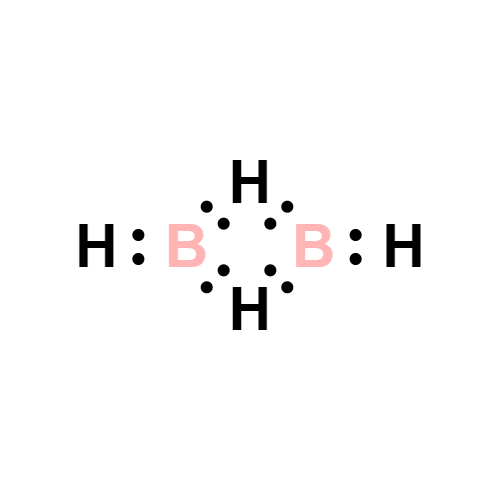
Diborane
- Product NameDiborane
- CAS19287-45-7
- CBNumberCB6306298
-
MFB2H6
Lewis structure
- MW27.67
- EINECS242-940-6
- MDL NumberMFCD01310566
- MOL File19287-45-7.mol
Chemical Properties
| Melting point | -165°C |
| Boiling point | -93°C |
| Density | 0.477 |
| Flash point | -90°C |
| solubility | reacts with H2O |
| form | colorless gas |
| color | colorless gas; flammable |
| Odor | Repulsive odor detectable at 1.8 to 3.5 ppm |
| Water Solubility | Decomposes |
| Merck | 13,3039 |
| Exposure limits | TLV-TWA 0.11 mg/m3 (0.1 ppm) (ACGIH and OSHA); IDLH 40 ppm (NIOSH). |
| EWG's Food Scores | 1 |
| FDA UNII | BS9K982N24 |
| NIST Chemistry Reference | Diborane(6)(19287-45-7) |
| EPA Substance Registry System | Diborane (19287-45-7) |
Safety
| Symbol(GHS) |
  
|
|||||||||
| Signal word | Danger | |||||||||
| Hazard statements | H330-H220-H280 | |||||||||
| Precautionary statements | P410+P403-P210-P377-P381-P403-P260-P271-P284-P304+P340-P310-P320-P403+P233-P405-P501 | |||||||||
| Hazard Codes | F+;T,T,F+,T+ | |||||||||
| Risk Statements | 12-23/24/25-36/37/38-26 | |||||||||
| Safety Statements | 9-16-36/37/39-45-36/37-28 | |||||||||
| RIDADR | UN 1911/1953 | |||||||||
| OEB | D | |||||||||
| OEL | TWA: 0.1 ppm (0.1 mg/m3) | |||||||||
| Autoignition Temperature | 38 to 52 °C | |||||||||
| DOT Classification | 2.3, Hazard Zone A (Gas poisonous by inhalation) | |||||||||
| HazardClass | 2.3 | |||||||||
| Hazardous Substances Data | 19287-45-7(Hazardous Substances Data) | |||||||||
| Toxicity | LC50 inhal (rat) 50 ppm (4 h) PEL (OSHA) 0.1 ppm TLV-TWA (ACGIH) 0.1 ppm | |||||||||
| IDLA | 15 ppm | |||||||||
| NFPA 704: |
|
